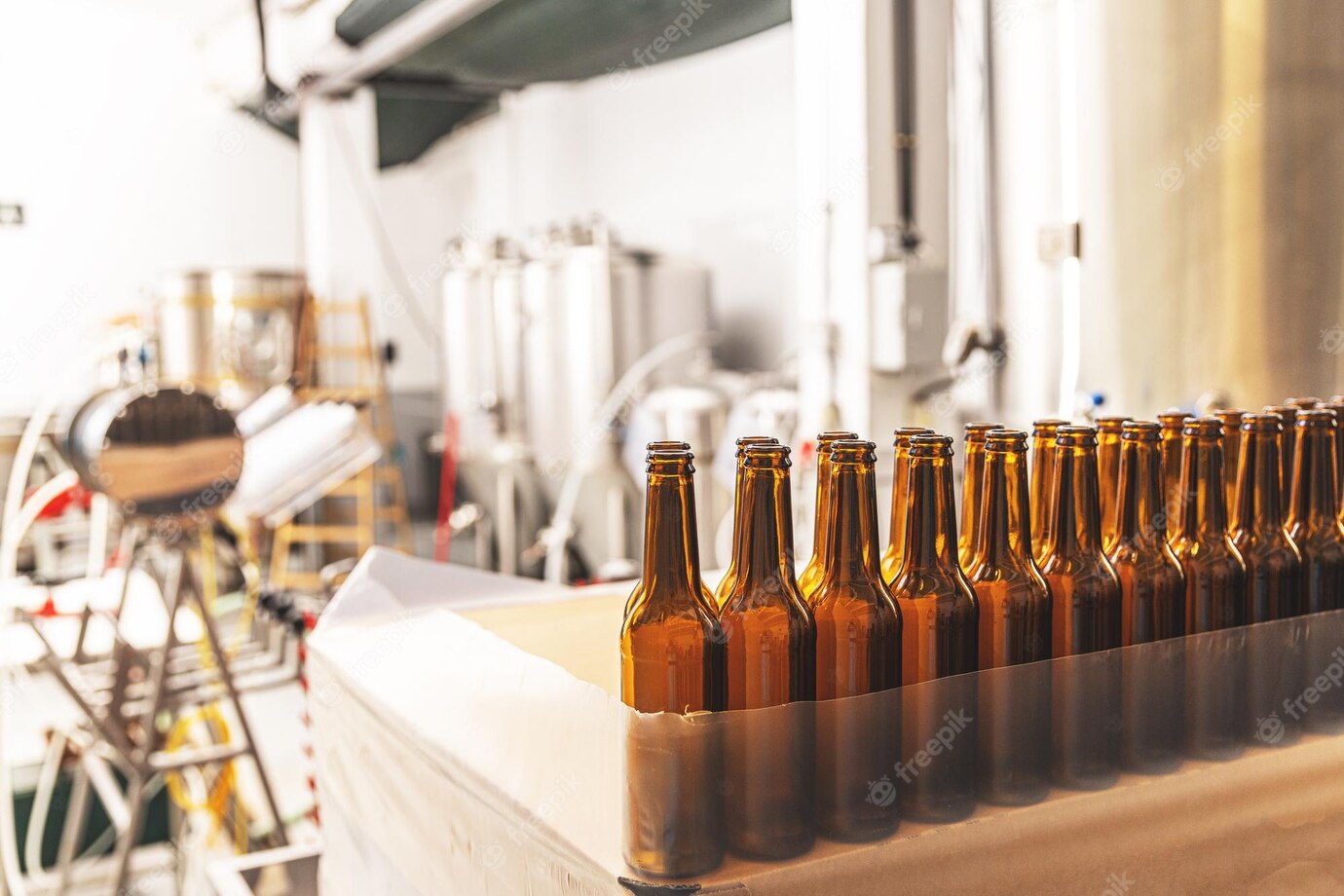Brew your own beer style: Unbelievable tips for concocting your beer masterpiece!
Are you dreaming of creating your own undiscovered beer style? Brewing beer is a complex art form that requires patience, practice and expertise. To help you get started, here are some essential tips for creating your own beer style. From understanding the fundamentals of brewing the perfect beer, to the different yeast styles and ingredients to choose from, you’ll be well on your way to crafting the perfect beer for you and your taste buds.
Tips for Creating Your Own Beer Style
Brewing beer is a uniquely rewarding experience. Not only are you creating a delicious beverage, but as a homebrewer, you also have the ability to create beer styles that reflect your personal tastes and preferences. To help you create your own unique beer style, here are some tips to keep in mind.
Choose the Right Base Ingredients
The base ingredients you choose for your beer will have the greatest impact on its flavor and character. Barley, hops, yeast and water are the four ingredients you’ll need for any beer, but each of these components can be adjusted to create a variety of different beer styles. To get started, consider choosing a base malt that will provide the bulk of the beer’s body and flavor. Popular malts include pale malts, Vienna malts, CaraMunich and roasted malts like chocolate or black patent. After selecting the main malt, choose one or two complimentary malt flavors that will support and enrich the beer’s overall flavor.
Select Hops for Flavor, Bitterness and Aroma
Once you’ve decided on the base malt for your beer, you’ll need to choose the hops. Hops provide the bitter flavor and floral aromas in beer, so selecting the right hops is essential to creating a balanced and flavorful beer. Depending on the style of beer you’re making, you may want to use a single hop variety or blend several different hops to create a more complex flavor. Keep in mind that hops can also be used for their aroma, so if you’re making a beer that’s heavy on the hops, consider using late addition (or dry hop) hops to add a bit of additional aroma to the finished beer.
Choose the Right Yeast
The yeast strain you use can have a significant effect on the flavor of your beer. Because yeast is responsible for producing alcohol and the characteristic flavors and aromas associated with beer, it’s important to select the right yeast strain for the beer you’re making. For example, ale yeasts are generally used for creating British and American ales whereas lager yeasts are used for producing lager beers. Additionally, some yeast strains can produce more complex flavors, such as fruity esters or phenols, which can add depth and complexity to your beer’s flavor.
Mash for the Right Amount of Extract
Once you’ve selected the ingredients for your beer, the next step is mashing. During the mashing step, the starches in the grain are converted to sugars, which can then be fermented into alcohol by the yeast. To make sure you get the right amount of sugar extraction from your grain, it’s important to ensure that you mash at the correct temperature and pH. Generally, a good starting point for many homebrewers is a mash temperature of 152-158°F (67-70°C) and a mash pH of 5.2-5.6.
Choose an Appropriate Carbonation Level
Once you’ve brewed your beer, you’ll need to choose an appropriate carbonation level. The carbonation level of your beer will depend on the style you’re trying to achieve. For example, a low-gravity pale ale may need a more moderate carbonation level, whereas a high-gravity stout may need a higher carbonation level to help lift the malt flavors. Generally, most homebrewers carbonate their beer to 1.5-2.5 volumes of CO2 for lagers and 1.5-3.5 volumes for ales.
Follow these Tips to Craft Your Own Beer Style
Creating your own beer style takes time and patience, but it can also be incredibly rewarding. By following these tips, you can create a beer that truly reflects your personal tastes and preferences. Don’t be afraid to experiment with different malt, hop and yeast combinations, as this is a great way to learn and hone your craft as a homebrewer. With a little bit of practice, you’ll be on your way to creating a distinctive and delicious beer.

